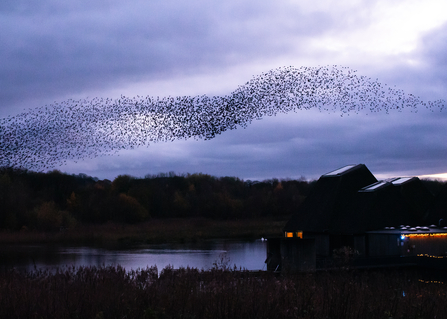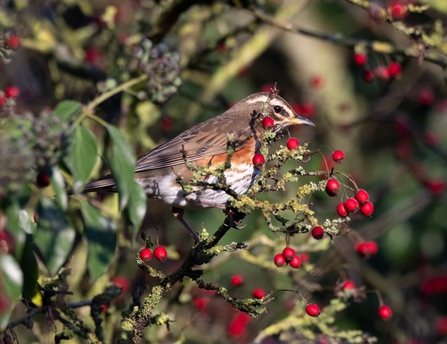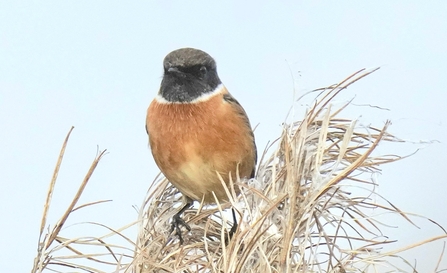Over the past couple of months, we’ve started to see some of our migrant birds enjoying our reserves, as well as fungi cropping up here, there and everywhere you can imagine!
Here are some of the sightings from across our reserves throughout November.
Brockholes
Starling Murmurations
Locals seem to have gone starling mad thanks to the spectacular murmurations we’ve been seeing at Brockholes – so much so that news outlets have been sharing our videos far and wide!
At this time of year, migrant starlings have mixed with our resident starlings to form huge groups which flock together, swerving and dipping in the sky just before sunset. You can read more about murmurations and why they happen here.







